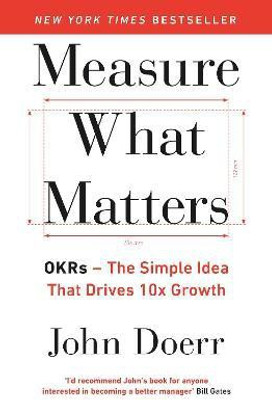
Physiological Basis of Middle Distance Running (Hardcover, Dr. Dalveer Singh Kaunteya, Dr. Hiralal Yadav)
Share
Physiological Basis of Middle Distance Running (Hardcover, Dr. Dalveer Singh Kaunteya, Dr. Hiralal Yadav)
Be the first to Review this product
Special price
₹389
₹400
2% off
Coupons for you
T&C
Available offers
T&C
T&C
T&C
Delivery
Check
Enter pincode
Delivery by24 Jul, Thursday
?
if ordered before 3:59 AM
View Details
Highlights
- Binding: Hardcover
- Publisher: LakshayPublation
- Genre: Physiological Basis of Middle Distance Running
- ISBN: 9789388269988
- Edition: Firtst Edition, 2024
- Pages: 98
Services
- Cash on Delivery available?
Seller
Description
The field of exercise physiology has grown more sophisticated over time. Advances in research methods, measurement techniques, equipment, computer technology, and related fields like biochemistry have significantly enhanced our understanding. Athletics serves as a foundational sport, gaining prominence in recent years. Research in nutrition, psychology, biochemistry, and physics has greatly influenced performance improvements in various competitive sports today. While exercise physiology is becoming more specialized, many professionals in the field acknowledge the need for an interdisciplinary approach to thoroughly explore and comprehend human performance. One of the most important aspects of competitive middle distance and distance running is pacing. If an athlete start an endurance race too fast or begin his or her final sprint too soon lactic acid will be accumulated to very high levels and the muscle glycogen stores will be depleted early in the race. This is true because as the intensity of the exercise increases, so does the amount of energy required from the anaerobic systems. Consequently, the race may be lost, due to this early onset of fatigue. Well informed coaches or athletes for that matter, would never let this happen instead, from a physiological stand point they would advocate that the runner maintain a steady, but sufficient, pace throughout most of the race, then finish with an all out effort. In other words the onset of fatigue due to lactic acid accumulation and muscle glycogen depletion should be delayed until the end of the race. Distance events are highly demanding and require an optimum level of functioning of the body. The coaches should be aware of the many factors and various physiological variables that upset performance and causes inconsistent behaviors failing adaptations to any change in the regimen of training; excessive fatigue and muscular tension; boredom and loss of keenness. An understanding the relationship of pace and selected physical and physiological variables in middle distance running is utmost necessity for understanding in depth about the pace training as well as performance implications for middle distance runners. The fact is that the selected physiological parameters provides basis for performance as well as are significant indicator of performance capacity. Considering in terms of above understanding Authors have written this research based book titled as “Physiological Basis of Middle Distance Running”. This book will be a reference to the Physical Education Teachers, Coaches, Players and other people from Sports and Physical Education Fraternity. This book includes Chapter-I (Introduction), Chapter-II (Review of related Literature), Chapter-III(Methodology/Procedure), Chapter-IV(Analysis of data and Results of the Study) and Chapter-V (Summary, Conclusions and Recommendation).
Read More
Specifications
| Publication Year |
|
| Table of Contents |
|
Manufacturing, Packaging and Import Info
Be the first to ask about this product
Safe and Secure Payments.Easy returns.100% Authentic products.
Back to top






